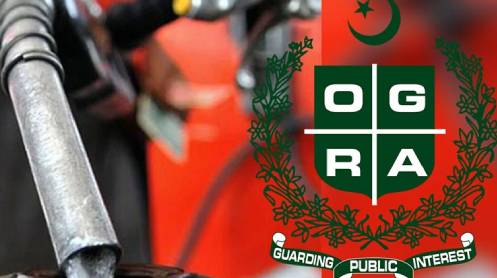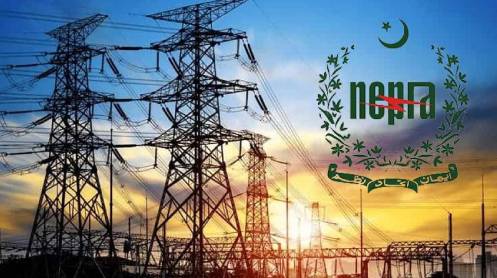The International Monetary Fund (IMF) has asked the Pakistan government to bring the current account deficit (CAD) under control — a deficit that has ballooned to 13.16 billion dollars in the first eight months of the current fiscal year and at this rate is likely to surpass the 20 billion dollar deficit that the Khan administration inherited in 2018.
Memories of the subsequent mitigating measures that the government was compelled to implement to deal with the crisis by the IMF may still be fresh in the minds of the general public but a reminder is critical in today’s politically charged Pakistan, which cannot afford the luxury of daily political skirmishes that are extremely divisive in all sections of society with the penultimate threat of a peaceful march on Islamabad that may choke all government activity and seriously compromise market sentiment with severe implications on the external value of the rupee.
The PTI administration was forced to take the following mitigating measures whose ultimate price was paid by the general public:
(i) a severely contractionary monetary policy with a discount rate of 13.25 percent (that was lowered due to the pandemic in March 2019) but which has again inched up to 12.25 percent. Credit is a major input for industry therefore the high discount rate was projected to stifle growth to 1.5 percent.
With a projected rise in the current account deficit in the ongoing year it is to be expected that there would be considerable pressure from donors to raise the rate by another couple of hundred basis points to contain imports to reduce the trade deficit of over 35.5 billion dollars July-March, which, in turn, will have serious ramifications on industrial output and growth.
True that the policy to reschedule government debt to long-term at such a high rate was ill advised in 2019 and the present government may not resort to it but that would be a minor reprieve in terms of the country’s economic health especially as the deferral requested and granted to Pakistan under the debt relief initiative by the G-7 countries to enable poor countries to better deal with the pandemic has ended;
(ii) a contractionary fiscal policy which would imply a continued focus on revenue generation. FBR has traditionally relied on low hanging fruit to meet ambitious revenue targets set by the government, thereby tax reforms geared towards fair, equitable and non-anomalous system may, once again, be deferred.
True that the Shehbaz Sharif administration will face more of a challenge in ushering politically challenging reforms as its mandate is more parliament driven then through a general election but then the Khan administration, like his predecessors, frittered away its honeymoon period in raising existing taxes rather than widening the tax net;
(iii) reliance on borrowing rose dramatically as the current expenditure was allowed to rise from 4.3 trillion rupees in 2017-18 to a whopping budgeted 7.5 trillion rupees for the current year (though this does not include the 28 February relief package) and external borrowing from 95.5 billion dollars in 2017-18 to over 130 billion dollars today with more than 10 billion dollars used to fund government current expenditure; this led to
(iv) high inflation that was particularly resistant to rising subsidies due partly to the Imran Khan administration issuing threats instead of negotiating with those sub-sectors where elite capture was most prevalent including sugar, wheat like in the past. One can support Khan’s long-term objective to end the elite capture of economic resources; however, he failed in bringing the price of essentials down.
Prior to going on an IMF programme Imran Khan took the same route that Shehbaz Sharif seems to be taking today: launch a diplomatic mission to seek assistance from friendly countries at terms more favourable than usual.
Imran Khan was pledged over 10 billion dollars from three friendly countries which, as per the IMF condition under the ongoing loan, must be rolled over during the programme duration. All pledges were subsequently not realised though China took up the slack left by withdrawals. In addition, the one billion dollar parked today in the State Bank of Pakistan for balance of payment support is reportedly at very harsh terms.
Thus the objective of Shehbaz Sharif’s official visit to Saudi Arabia, without doubt, was to use his family’s personal relationship to secure at least 3 to 4 billion dollars, preferably with a large grant component, and to seek oil facility either on deferred terms or, if possible, on a grant basis and also rollover of existing placements with State Bank of Pakistan.
The budget presented by the Khan administration envisaged 14 billion dollar external funding and as per Economic Affairs Division report the country had received 12.76 billion dollars July-March 2022 with 2.6 billion dollar commercial loans which are at the market rate of return with a short amortization period.
However, this estimate was premised on the expectation of a contained current account deficit, that led to an eroding rupee value — 158 rupees to the dollar on 1 July 2021 to 185.45 interbank rate today — and no unfunded subsidies, a pledge made to the IMF but reneged on 28 February 2022 through the relief package, and the 1 March industrial package that provided exemptions to industry, barring a few, once again.
According to the IMF statement released this week the Pakistan government has agreed to withdraw these unfunded subsidies however Business Recorder would caution the government not to use any assistance provided by any friendly country to take economic decisions based on political considerations as Pakistan can no longer afford this prevalent practice.
The economy is in dire straits and if the Sharif-led administration can blunt the edges of the crisis within the next few months it would only then have generated enough leverage to dictate when the next elections will be held.





